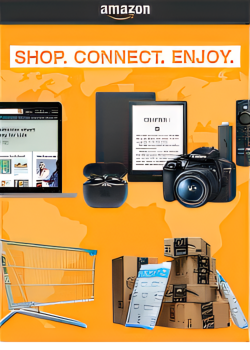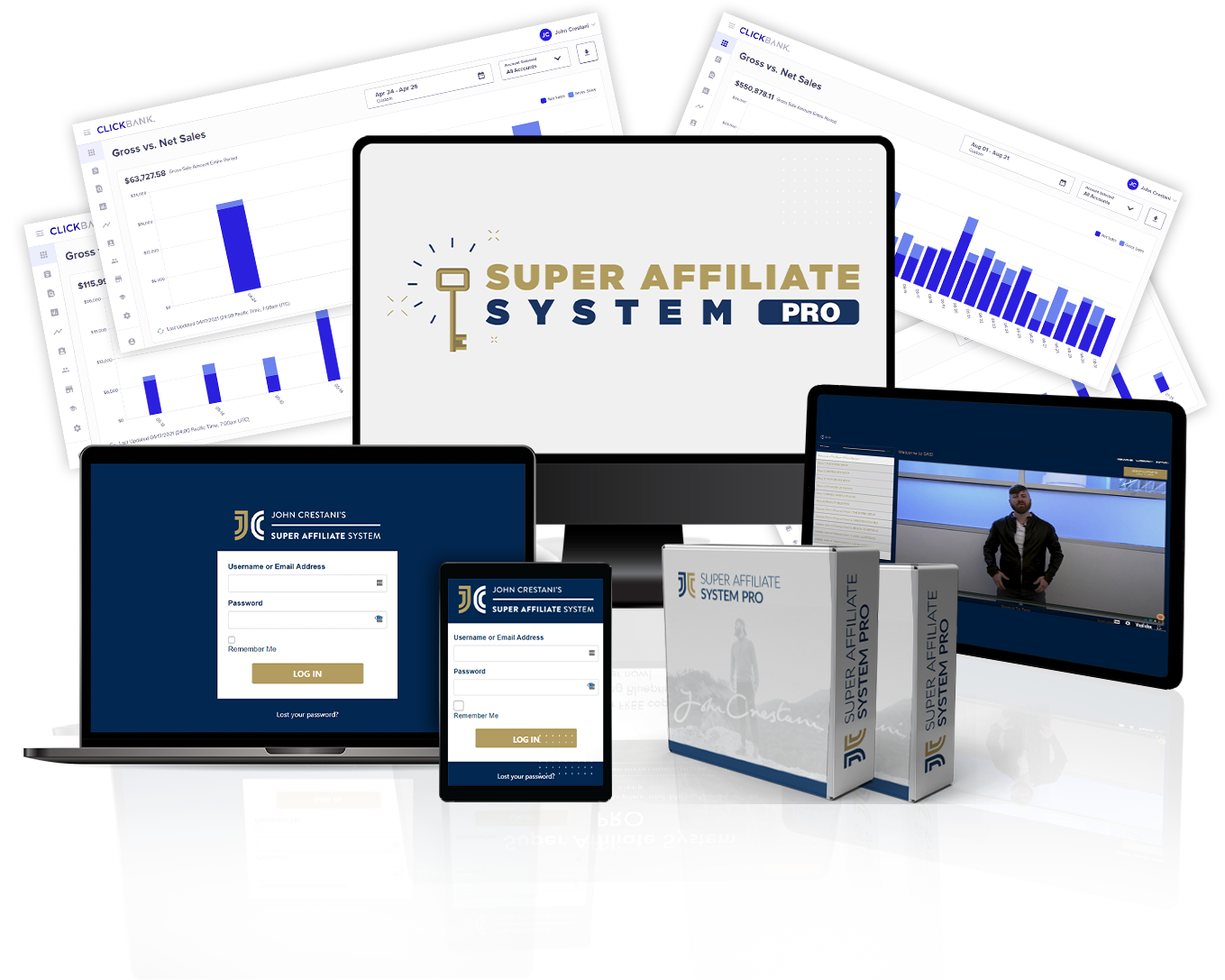Affiliate Marketing for Beginners in 2025: Proven Steps to Financial Freedom
Introduction: Why 2025 Is the Perfect Time to Start Affiliate Marketing
If you’ve ever dreamed of making money online, Affiliate Marketing for Beginners in 2025 might just be your golden opportunity.
The digital economy is expanding faster than ever, and more businesses are relying on affiliate marketers to reach wider audiences. What was once complex and competitive is now simplified by AI automation, smarter analytics, and content-driven marketing strategies.
Today, anyone with or without technical skills can start an affiliate business from home and grow it into a reliable source of income. The only thing you truly need is consistency, patience, and a well-structured roadmap… which this guide will give you.
What Is Affiliate Marketing and How Does It Work?
The Simple Explanation of Affiliate Marketing For Beginners In 2025
Affiliate marketing is a partnership model where you promote someone else’s product or service. When a person buys through your referral link, you earn a commission.
It’s as simple as:
You recommend → someone buys → you earn.
Whether you blog, post on YouTube, or share on TikTok, affiliate links can generate passive income around the clock.
Key Players: Merchants, Affiliates, and Consumers
Every affiliate system has three main players:
- Merchants (Advertisers): Businesses selling products.
- Affiliates (You): The marketer promoting those products.
- Consumers: The people who make purchases through your links.
When all three connect, the system works beautifully everyone benefits.
Why Affiliate Marketing in 2025 Is Easier Than Ever
Low Startup Costs and Minimal Risk
Unlike starting a physical business, affiliate marketing doesn’t require stock, shipping, or large investments. You can begin for less than $100, using free platforms like WordPress or social media pages.
All you need is time, effort, and the right guidance.
Automation, AI Tools, and Smarter Marketing Platforms
2025 has revolutionized affiliate marketing through automation. AI can now:
- Write optimized blog posts.
- Suggest trending products.
- Track conversions in real-time.
- Send personalized email campaigns automatically.
This means you spend less time guessing and more time growing.
Step 1: Choose the Right Niche for You
How to Identify a Profitable and Passionate Niche
The first and most crucial step is selecting a niche you care about. A niche is your area of focus, like fitness, tech gadgets, or personal finance.
Ask yourself:
- What do I enjoy learning about?
- What problems can I help people solve?
- Are there affiliate products available in this space?
A great niche sits at the intersection of passion and profitability.
Mistakes to Avoid When Selecting Your Niche
- Don’t chase only high-paying niches without genuine interest.
- Avoid markets that are oversaturated without a unique angle.
- Never skip audience research, understand your readers’ needs first.
Step 2: Join Reliable Affiliate Programs
The Best Affiliate Networks in 2025
Affiliate networks act as the bridge between brands and affiliates. Some of the most beginner-friendly options in 2025 include:
- Amazon Associates – Perfect for beginners, massive product range.
- ShareASale – Offers diverse categories and reliable payments.
- Impact Radius – Great for global brands and recurring commissions.
- ClickBank – Ideal for digital products and online courses.
How to Evaluate Program Terms and Commission Rates
When choosing a program, look for:
- Transparent commission structures.
- High-converting products.
- Consistent payouts and trustworthy tracking.
You’re building a business, so partner only with ethical brands.
Step 3: Build Your Online Platform
Website vs. Social Media: Which Should You Start With?
Both work, but they serve different purposes:
- Website: Great for long-term traffic and SEO.
- Social Media: Faster engagement and visibility.
For long-term success, combine both a simple blog for evergreen content and social platforms for daily engagement.
How to Create a Simple, High-Converting Website
You don’t need coding skills. Use tools like:
- WordPress (for blogs)
- Elementor (for design)
- Rank Math or Yoast SEO (for optimization)
Include sections like:
- “About Me” page (to build trust)
- “Resources” or “Recommended Tools”
- Blog posts with product links
Step 4: Create Valuable Content That Sells
The Power of Honest Reviews and Tutorials
Authenticity wins. Readers can tell when you’re genuinely recommending something. Write reviews that highlight both pros and cons, and share your real experience.
How Storytelling Persuades and Converts Readers
Instead of pushing products, tell a story.
For example:
“I used to spend hours editing videos until I found this AI tool that cut my time in half.”
This emotional connection converts readers into buyers far better than sales pitches.
Step 5: Drive Traffic Like a Pro
Free Traffic Strategies: SEO, Social Media, and Forums
Focus on organic methods first:
- Write SEO-optimized blog posts targeting low-competition keywords.
- Join Facebook groups, Reddit communities, and Quora discussions.
- Post short videos on TikTok or Instagram Reels promoting your niche.
Paid Advertising: When and How to Use It
Once you’ve tested your offers, scale up with:
- Google Ads for keyword targeting.
- Meta Ads for retargeting audiences.
- YouTube Ads for video product promotions.
Paid ads are optional but powerful for accelerating growth.
Step 6: Track, Analyze, and Optimize Your Results
How to Use Analytics to Improve Your Conversions
Affiliate marketing is not a “set it and forget it” business. The secret to growing your income lies in constant optimization.
You must know what’s working and what’s not; otherwise, you’re flying blind.
Here’s how to use analytics effectively:
- Monitor Click-Through Rates (CTR): Are people clicking your links?
- Check Conversion Rates (CR): How many of those clicks turn into sales?
- Analyze Traffic Sources: Which channel (SEO, social, or email) brings the best conversions?
- Track Engagement: Use heatmaps (like Hotjar) to see what readers actually look at.
Use data-driven insights to improve your strategy. If one blog post is driving 80% of your sales, replicate that format for other topics.
Tools That Help Beginners Grow Faster
Here are some beginner-friendly analytics and optimization tools to use in 2025:
| Tool | Main Purpose | Best Feature |
|---|---|---|
| Google Analytics 4 | Website traffic tracking | Real-time user behavior |
| AffiliateWP / Post Affiliate Pro | Link tracking | Dashboard for affiliate conversions |
| SurferSEO | Content optimization | Keyword insights |
| Hotjar | Visitor insights | Heatmaps & recordings |
| ConvertKit / Beehiiv | Email analytics | Campaign performance tracking |
Once you know what performs well, double down on it. That’s how small efforts become scalable income streams.
Step 7: Build Long-Term Relationships and Scale Up
Turning One-Time Buyers into Loyal Followers
The most successful affiliate marketers don’t just sell, they educate and inspire.
Building relationships with your audience is what transforms your business from a side hustle into a full-time career.
To do that, you need to:
- Send helpful email newsletters (not just promotions).
- Offer free guides, webinars, or live sessions.
- Create a community on Discord, Facebook, or Telegram.
When people trust your voice, they’ll buy again and again.
How to Scale Your Affiliate Business in 2025
Once your foundation is strong, it’s time to expand:
- Diversify Products: Don’t rely on one affiliate program.
- Hire Virtual Assistants: Outsource repetitive tasks like content posting or email management.
- Build Your Own Digital Product: Create an eBook or course and promote it alongside your affiliate offers.
- Automate Everything: Use AI tools for scheduling, data tracking, and content ideation.
By 2025 standards, the fastest-growing affiliates are the ones who automate intelligently and reinvest consistently.
Common Mistakes Beginners Make (and How to Avoid Them)
Chasing Too Many Niches at Once
One of the biggest beginner traps is trying to promote everything at once.
When you spread your energy across multiple niches, your message becomes confusing — and your audience doesn’t know what you truly stand for.
✅ Solution: Start with one niche, build authority, then expand later.
Neglecting Trust, Transparency, and Consistency
Affiliate marketing isn’t about tricking people; it’s about earning trust.
If you promote poor-quality products or hide your affiliate links, people will lose faith in your recommendations.
✅ Solution: Always disclose affiliate partnerships. Create honest, helpful content first sales come later.
Consistency matters more than perfection. Even one post a week can build traction over time if it provides real value.
The Future of Affiliate Marketing in 2025 and Beyond
Emerging Trends and AI Innovations
AI continues to redefine affiliate marketing. In 2025, machine learning predicts which content will perform best before you publish it.
Chatbots and voice assistants can recommend affiliate products during conversations, making passive income even more seamless.
Upcoming trends include:
- Voice Search Optimization for Alexa, Siri, and Google Assistant.
- Affiliate Influencer Hybrid Models on TikTok and YouTube.
- VR & Metaverse Promotions with embedded affiliate tags in virtual stores.
These aren’t distant concepts, they’re happening right now.
How to Stay Competitive as the Market Evolves
To remain ahead, focus on three things:
- Adaptability: Test new platforms early (like Threads, Lemon8, or emerging social apps).
- Authenticity: Build a personal brand that people relate to.
- Education: Keep learning, join affiliate marketing forums, watch YouTube tutorials, and read case studies.
Remember, affiliate marketing rewards those who innovate and stay human in an increasingly automated world.
Frequently Asked Questions (FAQs)
1. Is affiliate marketing still profitable in 2025?
Yes! Affiliate marketing is thriving more than ever thanks to automation, AI analytics, and new global audiences entering the digital market daily.
2. How much money can beginners expect to make?
It depends on effort and consistency. Many beginners earn $200–$1,000 per month within their first 6 months, and some scale to $10,000+ with persistence.
3. Do I need a website to start affiliate marketing?
Not necessarily. You can start on YouTube, TikTok, or Instagram. However, a website adds authority and long-term traffic potential.
4. What are the best niches for beginners in 2025?
Top-performing niches include AI tools, health & wellness, personal finance, and sustainable products.
5. What’s the most common reason affiliates fail?
Giving up too early. Success takes time; consistency, learning from data, and refining your strategy are key.
6. Can AI replace human affiliate marketers?
No AI can enhance productivity but can’t replicate human creativity, storytelling, or empathy. The best marketers use AI as a tool, not a crutch.
Conclusion: Start Small, Stay Consistent, and Succeed
Affiliate marketing in 2025 is the perfect blend of freedom, flexibility, and financial potential.
With the right mindset, even a beginner can build a sustainable income stream without prior experience or big investments.
You’ve now learned:
- How affiliate marketing works.
- How to pick a profitable niche.
- How to promote and scale your efforts effectively.
The only thing left to do is take action.
Don’t wait for the “perfect time”; start today, stay consistent, and let the compounding power of affiliate marketing work for you.
Your future self will thank you for starting now.
🌍 External Resource
For additional tips and resources, visit:
🔗 Affiliate Marketing Hub by HubSpot



Leave a Reply